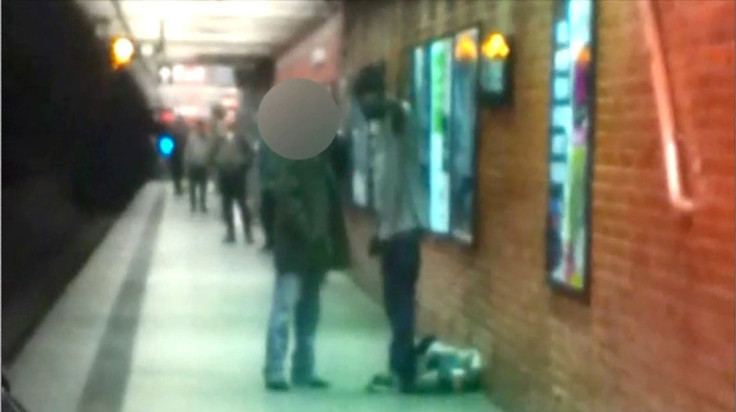Why No One Did More to Stop NYC Subway Death

This week, New York City was gripped with the news that a man, Ki Suk Han, was hit by a subway train and was pronounced dead by the hospital upon arrival. The moment when Han attempted to lift himself out of harm's way has been memorialized by the New York Post's cover the next day, which splashed a picture of Han staring into the face of the train accompanied by the copy "This Man Is About to Die: Doomed".
Since then, much criticism has been directed at the photographer R. Umar Abbasi and other bystanders. Why did no one do anything to help Han avoid his fate? Unfortunately, as much as we would have loved to be heroes on that day, we are not always Good Samaritans like we would like.
Most humans do want to do the right thing. At least one recent study has found that the brain systems for reward and reinforcement are activated more greatly if a person gives a gift than if a person receives one. So, if that is the case, what happened here?
Most of the tragedy can be attributed to the Bystander Effect, a term coined by psychologists. When a person is in danger and there is only one bystander, that person will typically spring into action. That is because all of the responsibility is on that person's shoulders. However, when there are 10 bystanders, that feeling of responsibility becomes diffused. Each person feels about 10 percent of the responsibility and expects someone else to begin acting.
As social animals as well, we take cues from other people. When others begin helping, so do we. However, reports say that there were about 18 people on the subway platform. Because no one else was moving, it is likely that no one else thought to either.
In addition, while panic can cause people to freeze, it also can elongate or compress the feeling of time. That can be seen in the conflicting reports about how much time Han had on the tracks. One witness said that the victim was on the tracks for 60 to 90 seconds while Abbasi said in an interview that Han was on the track for 22 seconds before the train pulled into the station. That discrepancy indicates that we likely have no idea how much time Han spent on the tracks.
Researchers suggest that there are some ways to overcome the Bystander Effect. If a victim is in a dangerous position for which he or she needs help, try to make eye contact with passersby. Singling people out for help may also be successful.
In the unfortunate event that a person finds themselves on the tracks, experts suggest that the best thing to do is simply to run in the opposite direction from where the train is coming. Trying to hoist yourself onto the platform will likely be unsuccessful if your upper body strength is not in excellent shape. In the New York City subway, there are ladders on the end of the platform that can help a person hoist their way to safety. Hopefully the train operator will see a person on the tracks as well and pull the emergency brakes before hitting that person.
As a person still on the platform in case of that emergency, you should run in the direction of the train waving your arms to try to indicate to the operator to stop.
Naeem Davis has been arrested and confessed to pushing Han onto the tracks.
Published by Medicaldaily.com



























